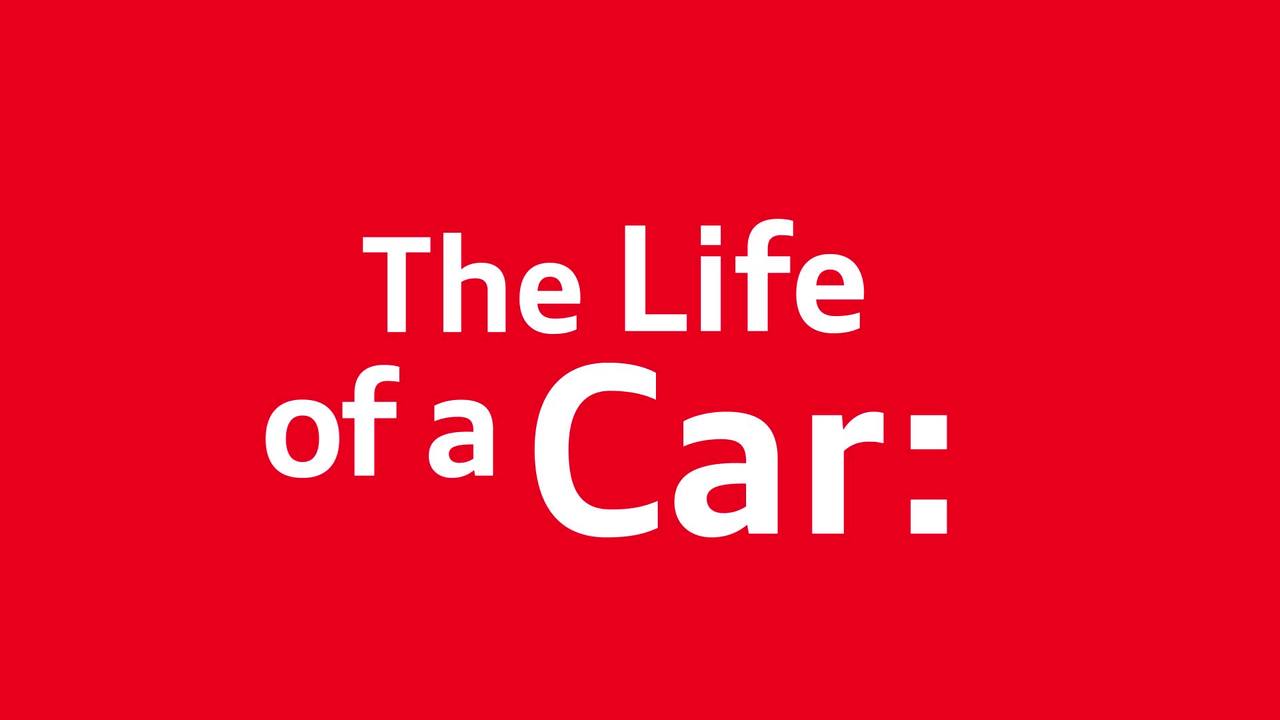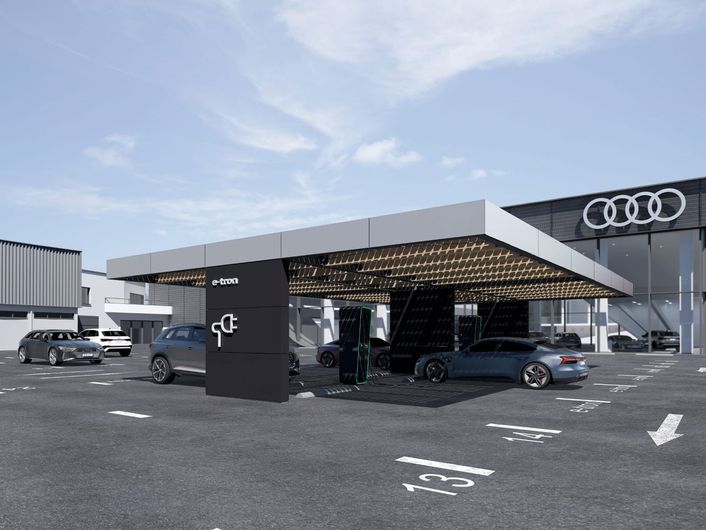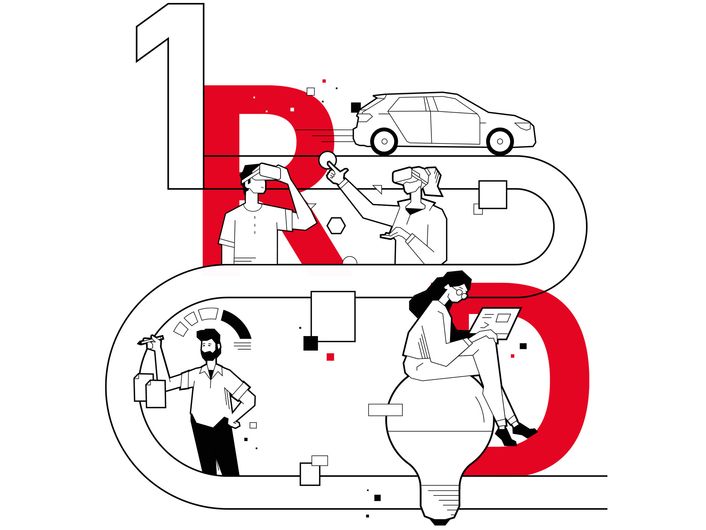Ingolstadt
Integrated and well thought out

Life cycle assessment: the entire life of a car in view
While the general public tends to assess the sustainability of cars on the basis of their fuel consumption, Audi considers much more than just the CO₂ emissions created during driving. In order to be a role model with regard to the environment, the company aims to offer everyone mobility that has as low an impact on nature as possible. This is why Audi is working towards making its products and services environmentally friendly throughout all areas of the value chain and across the entire life cycle of a vehicle.
Ecological tire print
Audi has set itself the goal of reducing environmental impact across the entire life cycle. In order to evaluate this objectively, the company prepares a life cycle assessment (LCA) at the production start of a new vehicle model. This assessment is a standardized, systematic analysis of the environmental impact of a product across its entire life cycle in accordance with the international ISO 14040 ff. series of standards. The life cycle includes all conceivable impacts, from the required raw materials to logistics to production, from the first to the last kilometer on the road, from de-registration to recycling.

Cradle to grave
In order to prepare a complete life cycle assessment, the life of a car is divided into three phases: production, utilization phase and recycling (see infographic). Production has three sub-categories for which data is recorded: raw material sourcing, component production and vehicle production. The utilization phase is divided into the provision of fuel/electricity and vehicle emissions. At the end of its life, the vehicle is recycled. For many of the raw materials used, this is the start of a new product life – whether in a new vehicle or in other products.
Complex and time-consuming analysis
But how is a life cycle assessment prepared? Modern vehicles comprise 3,000 to 5,000 components – and LCA experts analyze each of these based on the bill of material and the material data. This means that all the work steps required in production are recorded, as are the environmental impacts. This information is used to create a huge database that can be accessed to prepare the life cycle assessment. A look at this database shows just how complex the analysis can be, even of simple components: For example, with tires, the electricity consumption used in their manufacture is also recorded – thus the electricity mix at the tire production location makes a big difference.
The result of all the calculations, with approximately 40,000 process steps, is the LCA model, which allows vehicles to be compared with each other and also answers the question: Does the new model have a lower environmental impact than its predecessor?
Fast identification of optimization requirements
An LCA quickly indicates optimization potential not just for vehicles with conventional drive systems but also for electric cars. Once Audi knows where the hot spots are – these are the components or processes that experts know have a particularly high impact on the environment – it is easier to set priorities. For instance, one result of the life cycle assessments is the knowledge that the production-related environmental impact is reduced if green electricity is used consistently in battery production.
Audi is also very much involved in the complex area of recycling instead of leaving it to external companies. In the spirit of the life cycle principle, the life of vehicle components continues after the vehicle’s utilization phase. Every Audi contains valuable raw materials, which, with smart processing concepts, can be reused. The goal is to create a circular economy. For this to succeed, the recycling phase must be taken into account as early as the development of a new vehicle.
Market leadership in sustainable mobility
The effectiveness of all the actions taken to reduce CO₂ is reflected in the life cycle assessment of a vehicle, but not just there: It is also included in the DCI – which stands for decarbonization index. This index is very important throughout the Group, since it is a key performance indicator for the “Together 2025” strategy – the vision of the Volkswagen Group to become the world’s leading provider of sustainable mobility.




